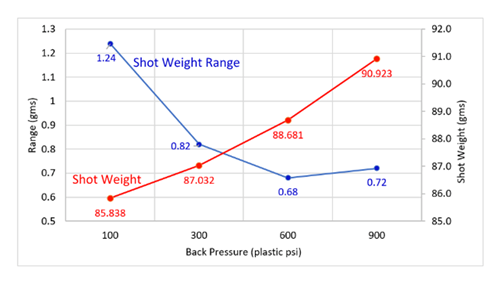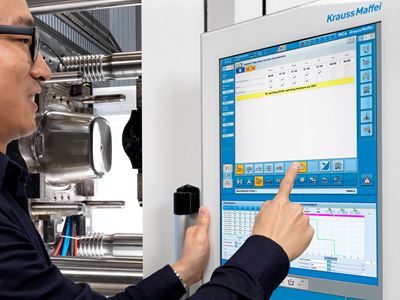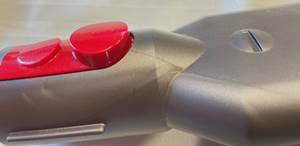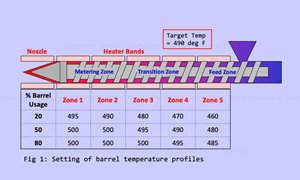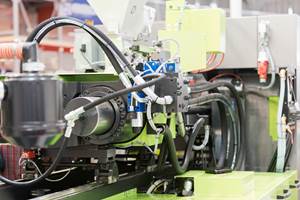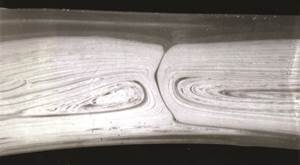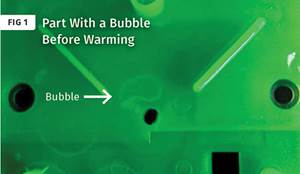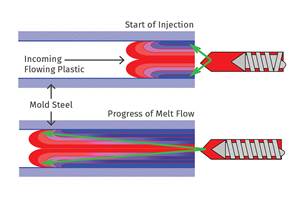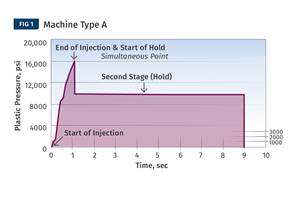How Backpressure Optimization Affects Melt Preparation
Backpressure is often the least understood of the settings in an injection molding process, even though it can play a significant role in the final quality of the part. Let’s start with understanding what backpressure is and then learn how to optimize it for a given mold.
#bestpractices
Understanding Flow Fronts and Defects
Flow-front behavior and corrections are key to solving many common molding problems —what is your process’s flow trying to tell you about your part?
#bestpractices
Melt Preparation Part 1: Melt Temperature Optimization
A homogenous melt is required for consistent part quality, but achieving it requires balancing a number of factors, including barrel usage and temperature as well as screw speed, backpressure and residence time. Learn how to prepare your melt for molding success in this two-part series.
#bestpractices
How to Set Barrel Zone Temps in Injection Molding
Start by picking a target melt temperature, and double-check data sheets for the resin supplier’s recommendations. Now for the rest...
#scientificmolding #processingtips #bestpractices



